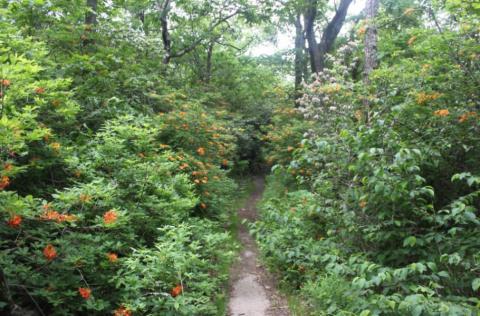
Duke University
Plant hunters traveling between North America and Asia in the 1800s noticed a bizarre pattern: collections they brought back from China and Japan were strikingly similar in their leaves, flowers and fruits to plants from southern Appalachia. A new analysis of DNA studies shows that over half of all the trees and shrubs in the southern Appalachians can trace their ancestry to relatives a half a world away in Asia.
Most of the rest likely arose within North America, the researchers say.
"Our southern Appalachian tree species split from their closest relatives in eastern Asia at many different times over the last 65 million years," said lead author Paul Manos, a biology professor at Duke University. "It didn't happen all at once."
The temperate forests of the southern Appalachians that stretch southwest to northeast from Georgia to Virginia are home to more tree species than anywhere else in North America. Species range from spruces, firs, birches, oaks and maples to magnolias, hickories, hollies and hemlocks.
Fossil evidence suggests that similar forests were once widespread throughout the Northern Hemisphere, when Asia, Europe and North America were still joined in the supercontinent called Laurasia.

